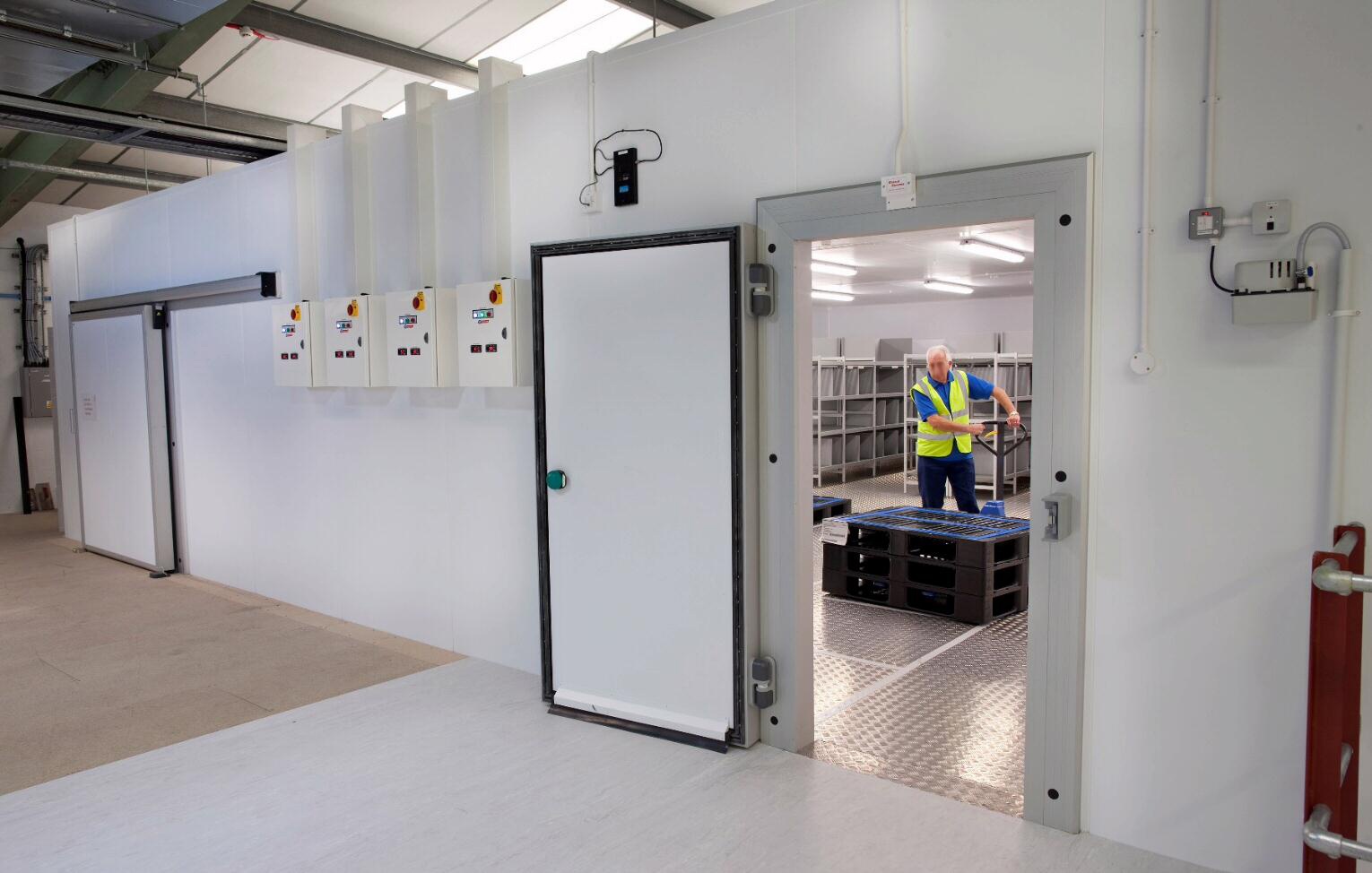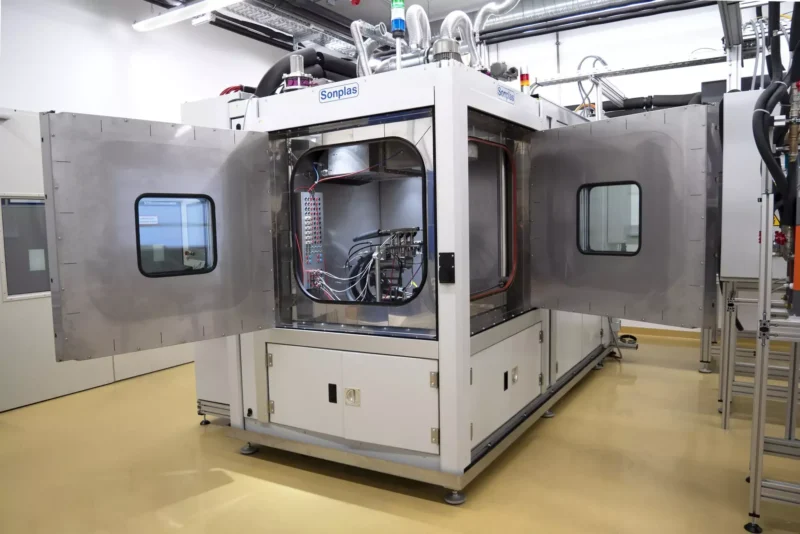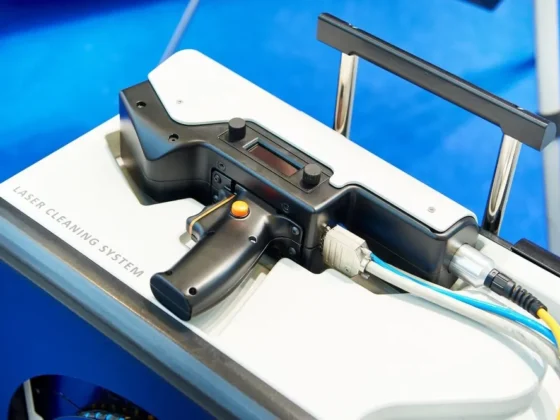Temperature and humidity regulation in controlled chambers is an important topic for many industries. Ensuring a consistent, balanced environment is critical to the success of numerous endeavors such as pharmaceutical production, food processing, and research laboratories.
In this article, we explore why temperature and humidity control are so important and how they can be achieved with the help of modern technology. We will look at some of the benefits that come from maintaining these environmental conditions as well as which methods are most effective in achieving this goal.
Finally, we provide advice on how to ensure that your facility’s regulations remain up-to-date and compliant with industry standards.
Humidity and Temperature Control Basics
Humidity and temperature control are essential components of a controlled chamber. Maintaining the right balance between humidity and temperature can be challenging, but by understanding the basics, you can ensure your chamber is kept at optimal levels for whatever purpose it serves.
The first step to achieving the desired environment in your controlled chamber is to understand how humidity and temperature interact with each other. Humidity affects air temperature because water molecules absorb heat energy from their surroundings.
This means that when relative humidity increases, air temperatures decrease as more moisture evaporates into the atmosphere. Temperature also influences relative humidity; as temperatures rise, the amount of water vapor that can exist in a given volume of air decreases since warm air has a lower density than cold air.
To maintain stable conditions inside a controlled chamber, it is important to identify what type of environment needs to be created and then adjust both humidity and temperature accordingly. For example, if you need an environment suitable for growing plants or storing sensitive materials like paper documents or electronic equipment – low levels of both should be maintained for maximum results.
On the other hand, if you want to create a humid climate such as one found in tropical rainforests – higher levels would be necessary so that condensation occurs on surfaces within the enclosure which will help raise overall internal environmental quality while reducing instances of spoilage due to overheating or drought-like conditions developing over periods too long for detection during routine inspections alone.. By understanding how different factors affect each other inside your controlled chambers – including changes in external weather conditions – you’ll have better control over maintaining optimum temperatures and relative humidities all year round regardless of outside forces that may bring about otherwise unpleasant surprises at any given moment!
Benefits of Using a Controlled Chamber for Regulation

Using a controlled chamber for regulation is beneficial in many ways. It allows for precise and accurate control of both humidity and temperature levels, ensuring that products remain unaffected by outside environmental factors.
Controlled chambers also help maintain safety standards set by regulatory bodies as they provide an environment with stable conditions, allowing manufacturers to confidently operate within those guidelines. Additionally, the use of a controlled chamber ensures consistent results when conducting experiments or testing products to obtain reliable data points.
Finally, using a controlled chamber can be cost-effective over time since it reduces energy costs associated with maintaining more extreme temperatures or humidity levels than would otherwise be necessary without one.
Factors to Consider When Setting Parameters
When setting parameters for humidity and temperature regulation in controlled chambers, there are several key factors to consider. The environment needs to be carefully calibrated so that the desired levels of moisture and heat are maintained without causing any adverse effects on the chamber’s contents.
Temperature should be set according to the specific requirements of the application, taking into account ambient conditions outside of the chamber as well as any materials or processes occurring inside it. Humidity must also be monitored closely; too much moisture can lead to condensation or corrosion while too little can cause static electricity build-up or dry out sensitive components.
Additionally, airflow should be managed appropriately to maintain balanced temperatures throughout a chamber and prevent unwanted fluctuations. Finally, regular maintenance is essential to ensure that all settings remain consistent over time so that optimal results are achieved from each use of a controlled environment.
Methods for Monitoring Humidity & Temperature Levels

One of the most important aspects to understand when regulating humidity and temperature in controlled chambers is the need for effective monitoring. There are various methods available for monitoring humidity and temperature levels, including both manual and automated approaches.
Manual methods involve using tools such as thermometers or hygrometers to measure temperatures and relative humidity respectively. Additionally, visual inspection can be used to detect any changes in environmental conditions which could require adjustment of parameters like air exchange rate or cooling system settings. Automated monitoring solutions make use of technology like sensors or data loggers that track changes over time, alerting personnel when thresholds have been exceeded.
These systems allow for continuous tracking with minimal effort required from staff members while providing detailed insights into environmental fluctuations within the chamber space. Overall, organizations must choose a method of monitoring appropriate for their needs so that they can keep tabs on their controlled chamber environments effectively.
With an accurate understanding of trends in humidity and temperature levels achieved through proper measurement techniques, organizations will be able to ensure optimal internal conditions necessary for the successful operation of their facilities.
Conclusion
Controlled chambers are an invaluable tool when it comes to understanding humidity and temperature regulation. By providing a consistent environment, these chambers can be used to measure the effects of different conditions on various substances.
This is important for many industries that must ensure quality control standards in their products or services. Furthermore, by accurately measuring humidity and temperature changes inside the chamber, researchers can gain valuable insights into how environmental factors affect the behavior of certain materials.
The ability to precisely regulate both temperature and humidity within controlled chambers makes them a powerful resource for any industry looking to maximize performance and efficiency while maintaining strict safety protocols.



